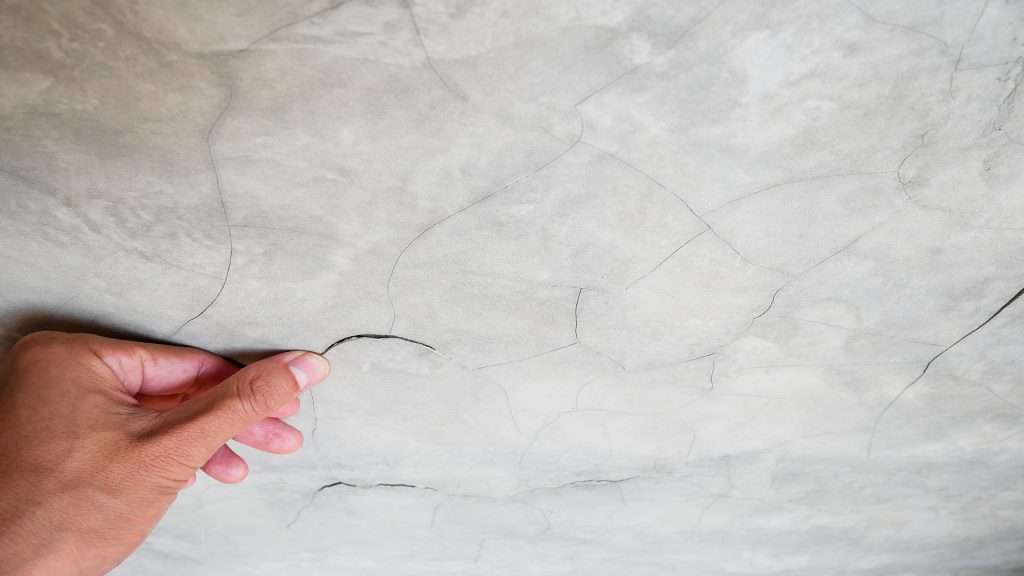Stucco is a favored exterior finish for its beauty and resilience. To safeguard its longevity and detect potential issues, stucco inspections are vital. In this guide, we’ll delve into the importance of these inspections, when to schedule them, and what to expect during the process.
Understanding stucco inspections is crucial for preserving your property’s appeal and structural integrity.

Stucco, with its timeless appeal and durability, is a popular exterior finish for homes and commercial buildings. However, like any construction material, it requires regular maintenance and inspections to ensure its long-term performance and prevent potential issues.
In this comprehensive guide, we’ll delve into what a stucco inspection involves, why it’s crucial, and what homeowners and property owners can expect during the process.
The Importance of Stucco Inspections
Stucco is favored for its beauty and resistance to elements, but it’s not impervious to problems that can develop over time. These issues, if left unaddressed, can lead to costly repairs and structural damage.
A stucco inspection is a proactive measure to identify any existing or potential problems and take corrective action before they escalate.
When Should You Consider a Stucco Inspection?
- Regular Maintenance: Stucco should be inspected regularly, ideally every one to three years, depending on the climate and local environmental factors. Routine inspections can catch minor issues before they become major problems.
- Before Buying or Selling a Home: If you’re buying a home with stucco siding or selling one, a comprehensive stucco inspection can uncover any hidden problems that might affect the property’s value.
- After Severe Weather: Following extreme weather events such as hurricanes, heavy storms, or earthquakes, it’s wise to have a stucco inspection to ensure the stucco has not sustained any damage.
What Does a Stucco Inspection Include?
A thorough stucco inspection involves several critical steps to assess the condition of the stucco siding and its underlying structure:
1. Visual Inspection:
- The inspector examines the stucco’s exterior for visible signs of damage, such as cracks, holes, or discoloration.
- They check for signs of moisture infiltration, which can manifest as staining, efflorescence (white, powdery deposits), or mold growth.
- The inspector inspects areas around windows, doors, and roof junctions, as these are common areas where moisture can penetrate.
2. Moisture Testing:
- Moisture testing is a crucial part of stucco inspections. It helps detect moisture trapped beneath the stucco surface, which can lead to significant issues.
- Non-invasive moisture meters and infrared thermography are often used to assess moisture levels without damaging the stucco.
3. Probe Testing:
- In some cases, the inspector may need to perform probe testing, which involves drilling small holes into the stucco to check for moisture content within the wall assembly.
- Probe testing is a more invasive but highly effective method for identifying hidden moisture issues.
4. Evaluation of Flashing and Sealants:
- Inspectors examine the condition of flashing, sealants, and caulking around doors, windows, and other penetrations to ensure they are properly sealed and intact.
5. Structural Assessment:
- The inspector may assess the structural integrity of the underlying wood or metal framework to check for signs of rot, corrosion, or damage.
6. Documentation:
- Throughout the inspection, the inspector documents their findings, including photographs and notes, to provide a comprehensive report to the homeowner or property owner.
The Stucco Inspection ReportAfter completing the inspection, the inspector compiles their findings into a detailed report. This report typically includes:
- A summary of the inspection’s purpose and scope.
- A list of observed issues or concerns, categorized by severity.
- Recommendations for necessary repairs or remediation.
- Documentation, including photographs and moisture readings.
- A timeline for addressing identified problems.
- Cost estimates for repairs, if applicable.
A stucco inspection is a critical aspect of maintaining the integrity and longevity of stucco-clad structures. It allows homeowners and property owners to identify and address issues early, preventing costly and extensive damage.
Whether you’re planning to buy or sell a stucco-covered property or simply ensuring the ongoing health of your existing stucco siding, scheduling regular stucco inspections is a wise investment in the long-term value and well-being of your home or building.
The post What Does A Stucco Inspection Involve? A Comprehensive Guide appeared first on Travel Experta - Travel, Lifestyle, Freedom.
------------------------------------------
By: Marina 'Travel Experta'
Title: What Does A Stucco Inspection Involve? A Comprehensive Guide
Sourced From: travelexperta.com/comprehensive-guide-stucco-inspection/
Published Date: Mon, 09 Oct 2023 19:37:43 +0000






